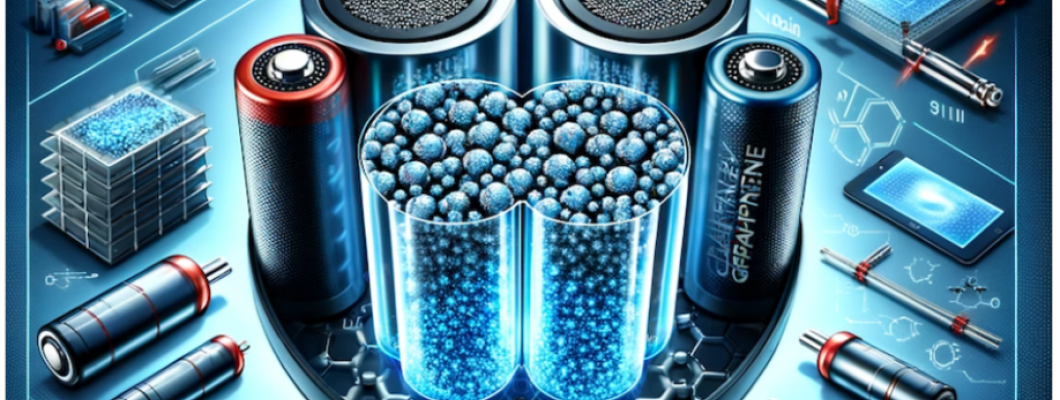
Graphene, a material lauded for its exceptional properties, is revolutionizing the electronics and energy sectors. With its unparalleled conductivity, mechanical strength, and flexibility, graphene is enabling groundbreaking advancements in technology and sustainable energy solutions.
This blog delves into the specific applications of graphene in electronics and energy, exploring its transformative role in shaping the future.
Applications of Graphene in Electronics
1. Flexible and Wearable Electronics
Graphene’s flexibility and conductivity make it ideal for next-generation electronics:
Transparent Conductors: Used in touchscreens, flexible displays, and OLEDs, graphene provides durability and responsiveness.
Wearable Devices: Enables lightweight, bendable circuits for fitness trackers, smartwatches, and health monitors.
2. High-Speed Transistors
Graphene transistors are pushing the limits of computing:
Ultra-Fast Processing: Operates at speeds far exceeding traditional silicon-based transistors.
Miniaturization: Allows the development of smaller, more efficient electronic devices.
3. Sensors
Graphene’s high sensitivity enhances the performance of sensors:
Gas Sensors: Detects even minute concentrations of harmful gases.
Biosensors: Enables real-time monitoring of biological markers for healthcare applications.
4. Photodetectors and Photonics
Graphene is advancing optoelectronic technologies:
High-Efficiency Photodetectors: Converts light into electrical signals with unprecedented speed and sensitivity.
Data Communication: Facilitates faster and more reliable data transmission in fiber-optic networks.
Applications of Graphene in Energy
1. Batteries
Graphene is transforming energy storage systems:
Graphene-Enhanced Lithium-Ion Batteries:
Increases energy density for longer battery life.
Reduces charging times, enabling rapid energy replenishment.
Next-Generation Batteries:
Used in solid-state and aluminum-ion batteries, offering safer and more efficient alternatives to traditional systems.
2. Supercapacitors
Graphene supercapacitors are redefining energy storage:
High Power Density: Provides rapid charging and discharging capabilities.
Durability: Enhances the lifespan of energy storage devices, ideal for renewable energy systems and electric vehicles.
3. Solar Cells
Graphene improves the efficiency and durability of solar technologies:
Perovskite Solar Cells: Acts as a transparent electrode, boosting efficiency and stability.
Flexible Solar Panels: Enables lightweight and bendable designs for portable and wearable solar devices.
4. Hydrogen Production and Fuel Cells
Graphene is advancing clean energy technologies:
Electrocatalysts: Enhances the efficiency of water splitting for hydrogen production.
Fuel Cell Components: Improves conductivity and durability in proton-exchange membranes.
Advantages of Graphene in Electronics and Energy
Unmatched Conductivity:
Facilitates ultra-fast electron transport, improving device performance.
Flexibility and Lightweight:
Combines strength and adaptability, ideal for portable and wearable technologies.
Sustainability:
Promotes eco-friendly solutions in renewable energy and green electronics.
Durability:
Ensures longer-lasting components, reducing maintenance and replacement costs.
Scalability:
Compatible with large-scale production techniques, making it viable for widespread adoption.





